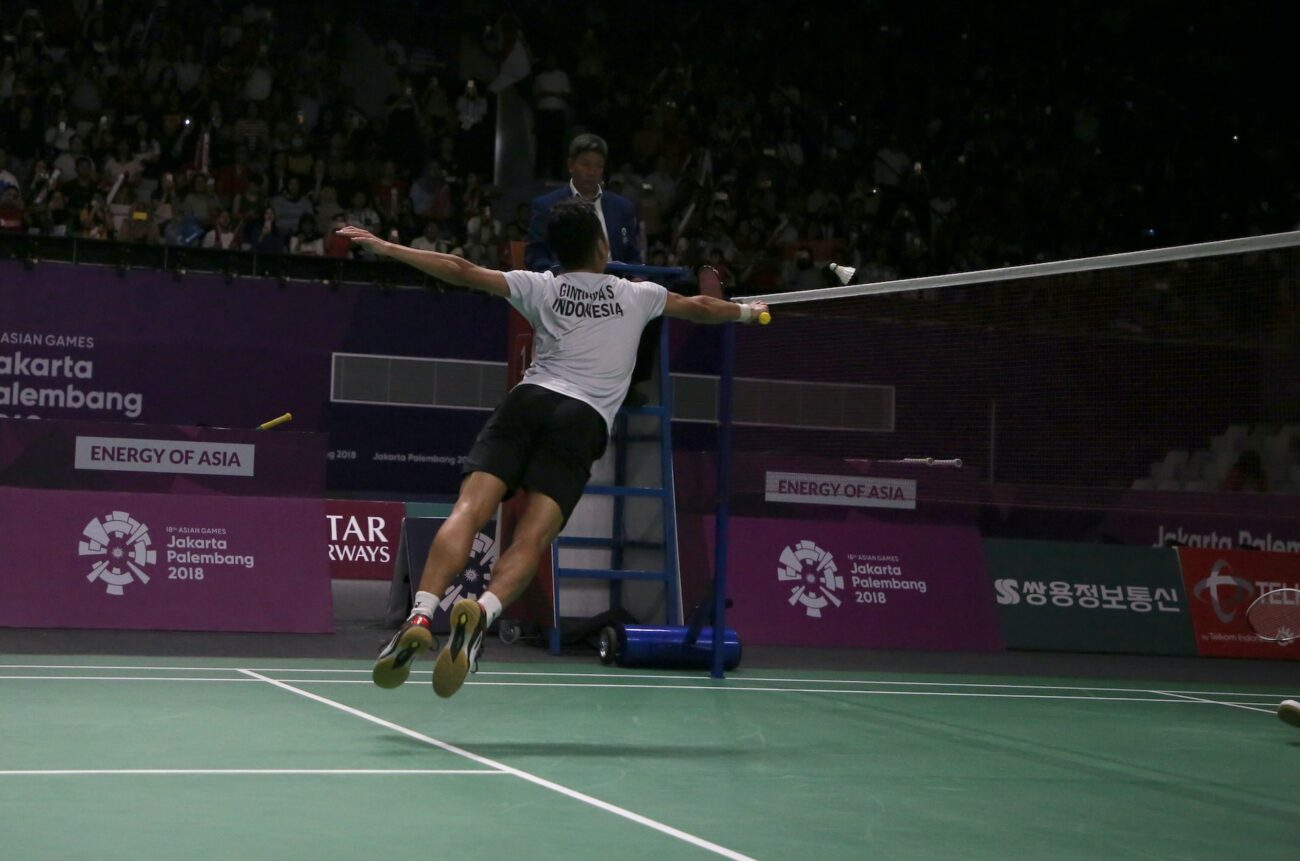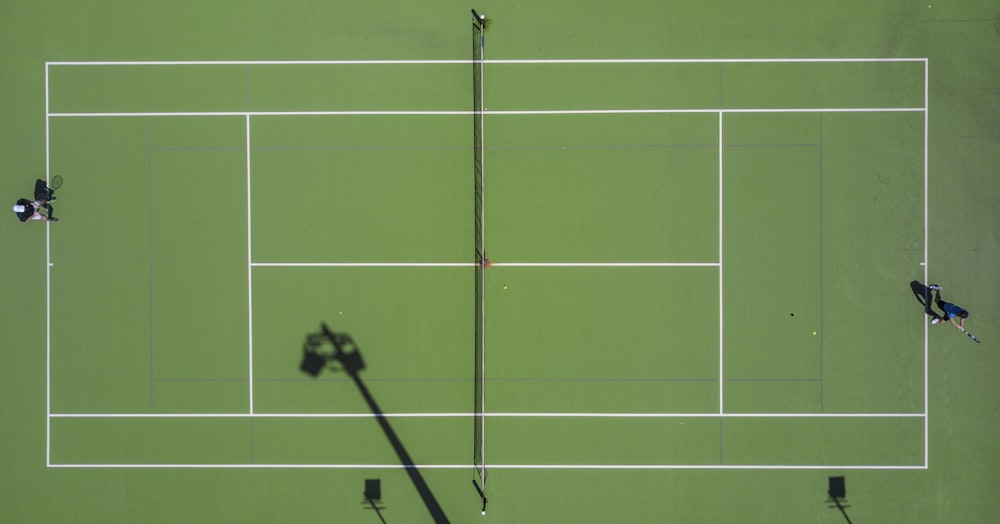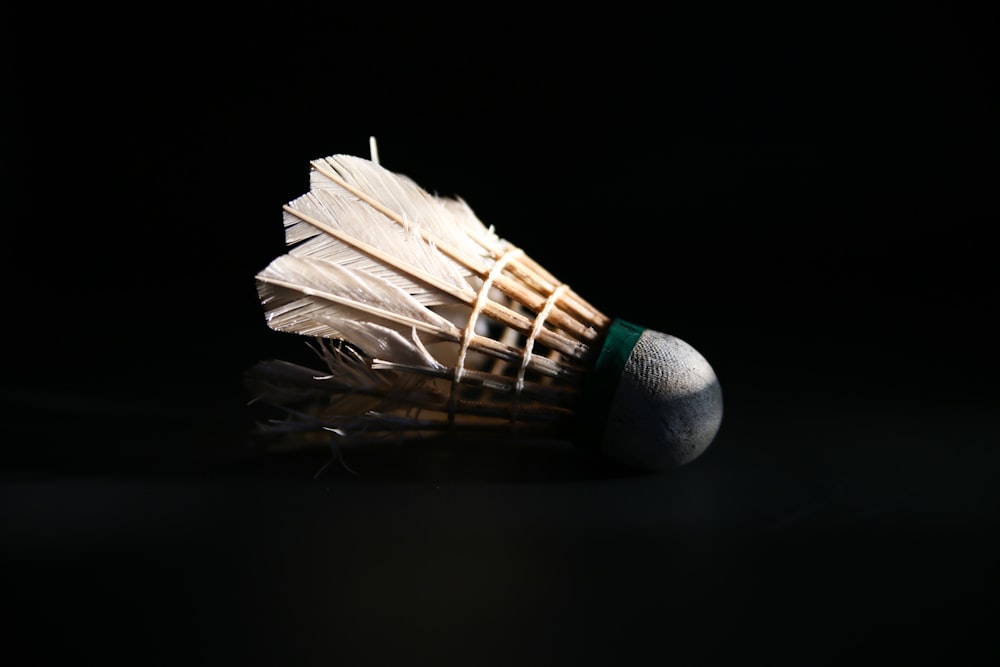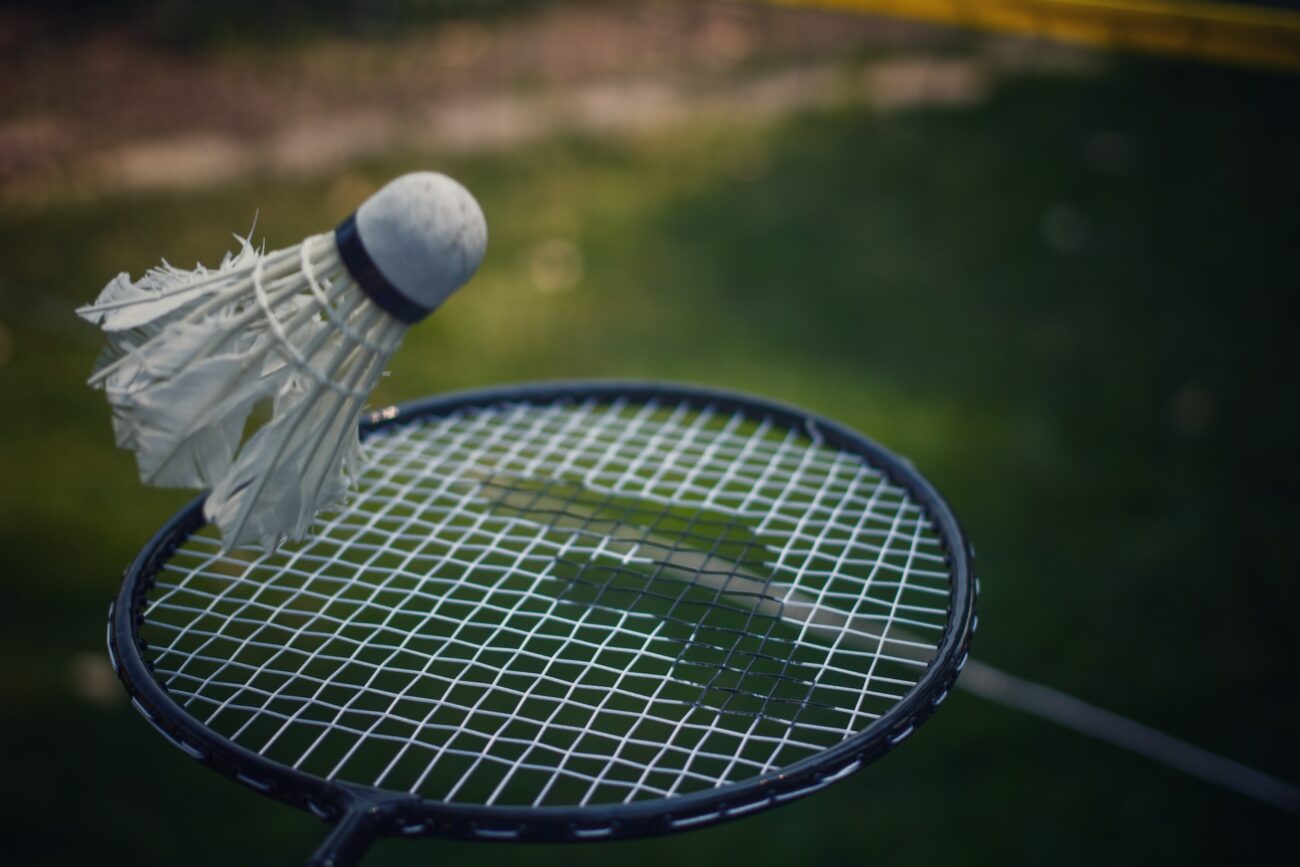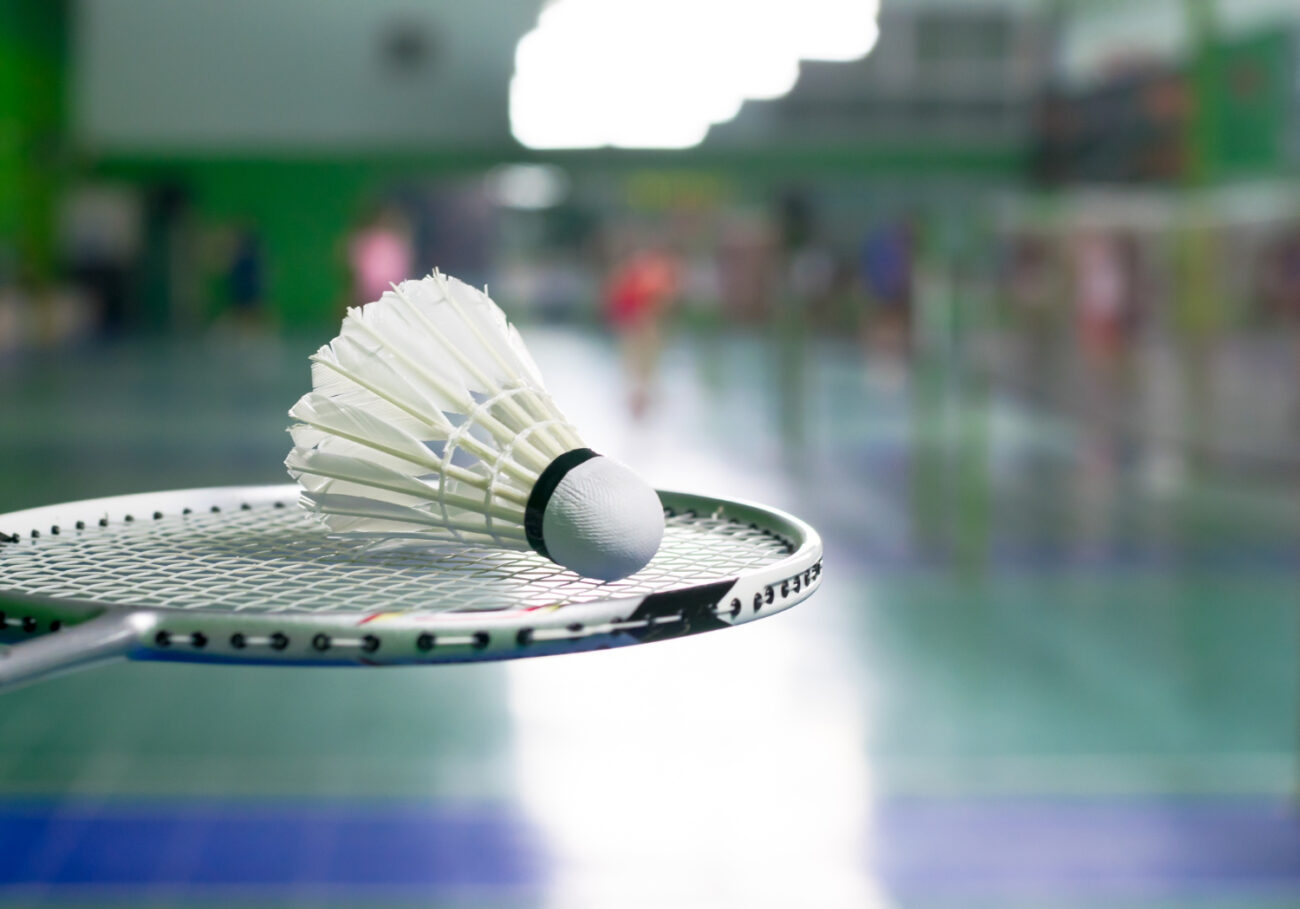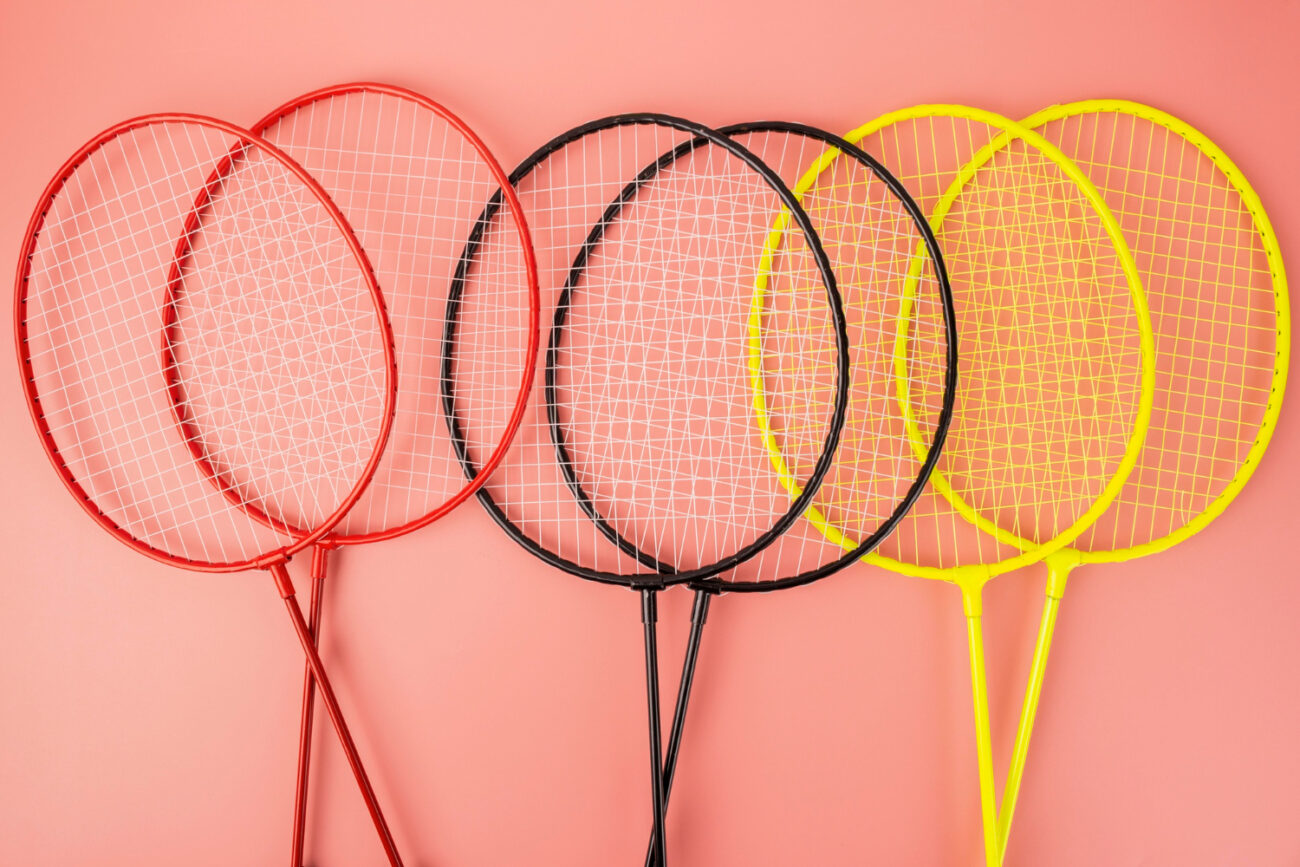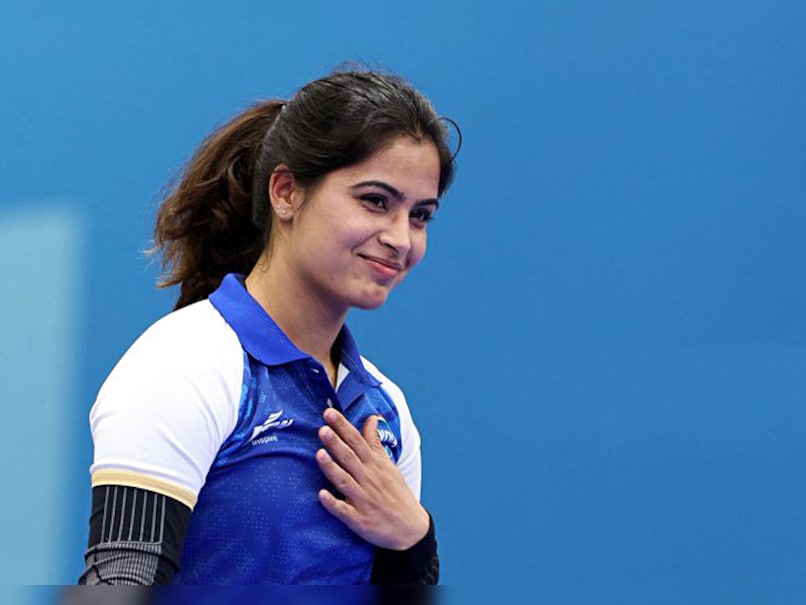Badminton is a racquet sport that has gained popularity both in competitive and recreational settings. It demands high agility, strength, and endurance as it is a fast-paced game. Badminton can be played individually as singles or in pairs as doubles, and it is enjoyed by people of all ages and proficiency levels.
Badminton is a type of sport that can be enjoyed by people from all walks of life. Whether you’re a seasoned athlete or a beginner, badminton is an excellent way to stay active, improve your fitness, and have fun. The game is played on a court with a net dividing it in half, and the aim is to hit a shuttlecock (also known as a birdie) over the net and onto the opposing team’s side, without letting it hit the ground.
One of the great things about badminton is that it can be played indoors or outdoors, making it a versatile sport that can be enjoyed year-round. It is a non-contact sport, so there is a lower risk of injury than in some other sports, and it can be adapted to suit players of different abilities and fitness levels. This article provides an overview of the fundamentals of badminton, such as the court, rules, and everything you need to know to begin playing.
Understanding the basics of Badminton
The Court
Badminton is played on a court that has specific dimensions for singles and doubles games. For singles games, the court is 44 feet long and 17 feet wide, while for doubles games, it is 44 feet long and 20 feet wide. The court is divided by a net that is suspended over the center of the court and stands at a height of 5 feet from the ground at its center. The net gradually tapers down to a height of 3 feet at its edges.
The court is marked with boundary lines that distinguish the inbounds area of the court. The sidelines, which run parallel to the length of the court, are the outermost lines, while the innermost lines are the service lines. These lines help determine whether the shuttlecock is in or out of bounds and whether a service is legal or not.
Each player or team occupies one-half of the court, and they are not allowed to step into the opposing team’s half during the game, except during the serve. The goal is to hit the shuttlecock over the net and land it within the boundaries of the opposing team’s court, without the shuttlecock touching the ground.
Understanding the dimensions and layout of the court is essential in playing badminton, as it helps players to position themselves strategically, hit accurate shots, and earn points.
Rules of the Game
The objective of badminton is to hit the shuttlecock over the net and into the opponent’s court in such a way that they cannot return it. The player or team that scores the most points wins the game. Points are scored when the shuttlecock lands in the opponent’s court, or when the opponent makes a fault or error.
The shuttlecock is a feathered projectile that is hit back and forth between the players or teams. It is not allowed to touch the ground or any other object before being hit over the net. If the shuttlecock touches the ground or any object before being hit, it is considered a fault and the opposing player or team is awarded a point.
Players must also follow specific rules for hitting the shuttlecock. The shuttlecock must be hit with the racquet, and players are not allowed to use their hands or feet to touch the shuttlecock. The shuttlecock must be hit over the net and land in the opponent’s court. Players are allowed to hit the shuttlecock only once before it crosses the net, and they must hit it alternately with their opponent.
Faults and Errors
In badminton, there are several ways in which players can commit faults and errors. A fault is a violation of the rules that results in a point being awarded to the opposing player or team. An error is a mistake made by a player that results in a lost point but does not involve a rule violation.
Examples of faults in badminton include hitting the shuttlecock out of bounds, touching the net with the racquet or any part of the body, touching the shuttlecock with any part of the body, stepping into the opposing team’s half of the court, and obstructing the opposing player’s shot. These violations result in a point being awarded to the opposing player or team.
Examples of errors in badminton include failing to hit the shuttlecock over the net, hitting the shuttlecock into the net, hitting the shuttlecock out of bounds, and hitting the shuttlecock too high. These mistakes result in a lost point but do not involve a rule violation.
To avoid faults and errors in badminton, players should have a good understanding of the rules and practice their technique regularly. With practice and attention to detail, players can minimize their mistakes and improve their performance on the court.
Scoring
Badminton is a sport where points can be earned in multiple ways. When the shuttlecock lands in the opponent’s court, a point is awarded to the player or team. If the opponent makes a fault or error, a point is also given to the player or team. The game ends when a player or team reaches 21 points, and they must win by a margin of at least two points. However, if the score is tied at 20-20, the game is prolonged until one player or team wins by a two-point margin.
- In badminton, players or teams can also win points by forcing their opponents to hit the shuttlecock out of bounds or into the net.
- If the shuttlecock hits the ceiling or any other obstruction in the court, a fault is called and a point is awarded to the opposing player or team.
- The serving rules in badminton are strict. The server must serve the shuttlecock diagonally over the net and into the service court of the opponent without touching the net.
- A player can also lose a point if they are found to violate any rules or if they receive a yellow or red card for misconduct.
- In official tournaments, matches are usually played as best-of-three games. The first player or team to win two games wins the match.
- There are different types of shots in badminton, including the smash, drop shot, and clear. Players use these shots to control the pace and direction of the game and to outmaneuver their opponents.
Conclusion
Badminton is a fun and challenging sport that can be enjoyed by people of all ages and skill levels. Whether you’re playing competitively or just for fun, it’s important to understand the basic rules and techniques of the game. By following these guidelines, you can improve your game and enjoy the many benefits that come with playing badminton, including improved physical fitness, coordination, and mental focus.

